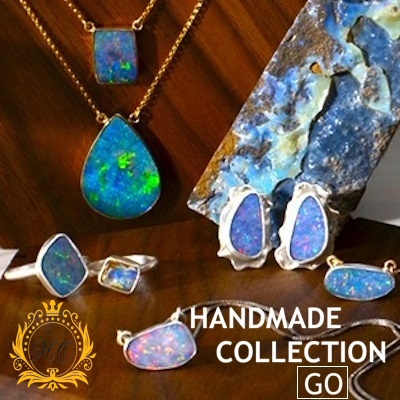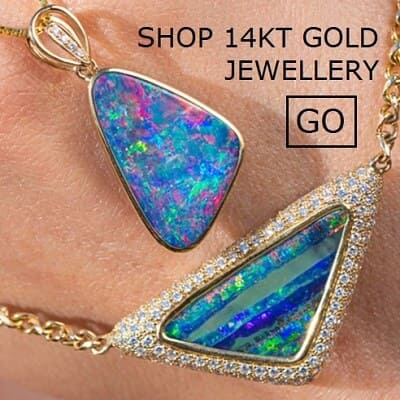How to identify raw natural opal - how to tell if an opal is real
Posted by Australian Opal Direct on 22nd Apr 2023
Precious Opal is formed from a solution of silicon dioxide and water. As water runs through the earth, it picks up silica from sandstone, carrying this silica-rich solution into cracks and voids caused by natural faults or decomposing fossils. This marks the beginning of opal formation, a process taking millions of years within the Earth's geological canvas.
As water evaporates, it leaves behind a silica deposit, signifying the conclusion of a patient journey lasting millions of years to form Precious Opal deep within the Earth. This gradual transformation underscores the extraordinary timeline and meticulous conditions required to craft opals, enhancing their rarity and intrinsic value.
The internal structure of microscopic silica spheres within precious opal is what makes this gemstone extraordinary. This structure diffracts light, creating the unique play-of-color that defines opals. The spectrum of colors in opals results from the conditions in which this intricate internal structure formed, contributing to the exceptional allure and individuality of each Precious Opal.

The variety of natural opal can be determined by the two characteristics, body tone and transparency.
Body Tone - The base color of Opal, ranging from white to gray and black, influences its overall appearance, rarity, and value. Lighter tones enhance vibrant colors, while darker tones create a dramatic backdrop for the captivating play-of-color, adding depth to Opal's enchanting allure.
Transparency - Opal varies from opaque to transparent, with crystal opal referring to the transparent variety showcasing sharp and vivid color clarity. This prized form allows light to illuminate the gem's play-of-color with exceptional brilliance, adding to the overall visual impact and allure of Opal.
There are so many different types of natural Opals. At Australian Opal Direct we have a wide range of different types of Natural Solid Opals to doublets and triplets. Here is a list with descriptions to better understand the difference between each Precious Opal Gemstone.
Boulder opal

Boulder Opal is from the Opal fields of Queensland and is the strongest form of Australian Opal due to it being married to the ironstone. A process taking millions of years to form, Boulder Opal can feature many different brilliant rich colors and the dark ironstone backing creates a contrast that showcases the colored brilliance.
Black opal
Black Opal is from the region of Lightning Ridge and is characterized by the dark body tone. This dark body tone also creates a brilliant contrast if there are any colors within it, enabling the bright colors opal to really kick! Black Opal is often considered the most valuable and rarest type of Opal. Over the years, production of the material has lessened.

White opal

White Opal refers to Opal with a white milky body tone. Most of this type of Opal comes from Coober Pedy in South Australia. White Opal is one of the most common and recognizable forms of Australian Opal. Due to its white “milky” body tone, the opal colored flashes do not contrast as much as they do with Boulder and Black Opal.
To learn more about which location each Opal item we carry is from please click the “more section” underneath the item description.
Along with locations, there are different ways that Australian Opal is cut and set in jewelry. Opal can be set as a Natural Solid, a Doublet or a Triplet Opal. To learn more about these various cuts, please visit: https://australianopaldirect.com/about-opal/
Australian Opal Direct offers custom designed Opal jewelry reflecting the unique characteristics of each individual rare gemstone. From mining to wholesaling to exporting and retailing, we have over 30 years of experience in the Opal industry. Our location, close to the source and direct from the Australian Opal Mines allows us to provide the best possible Opal Gem at the most affordable price.







